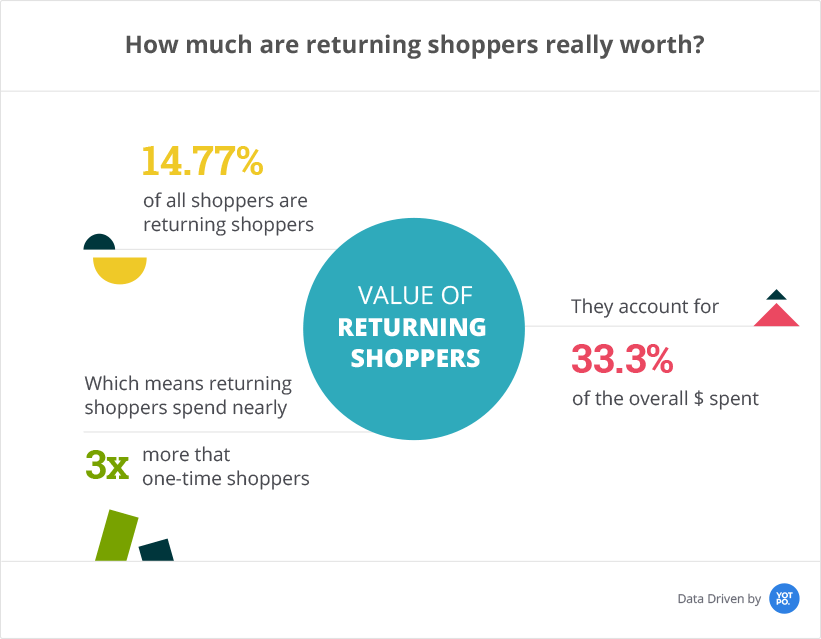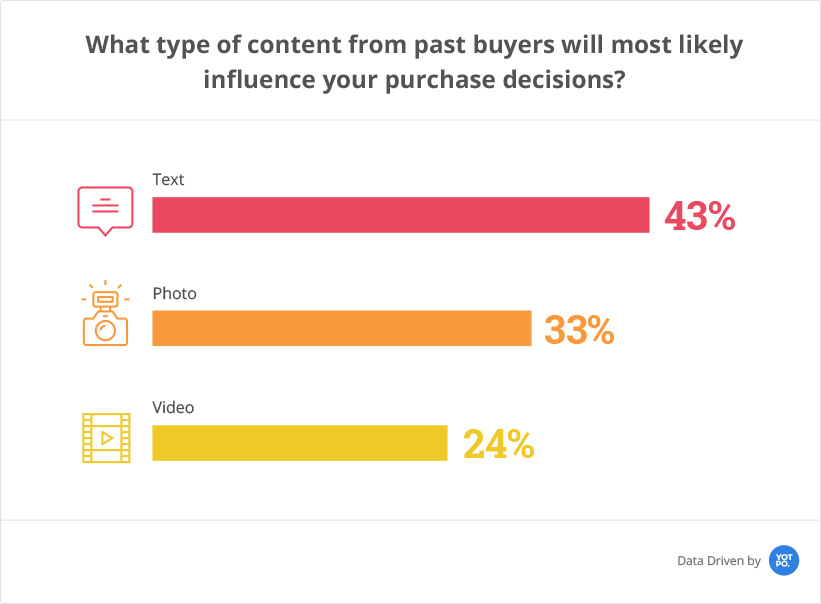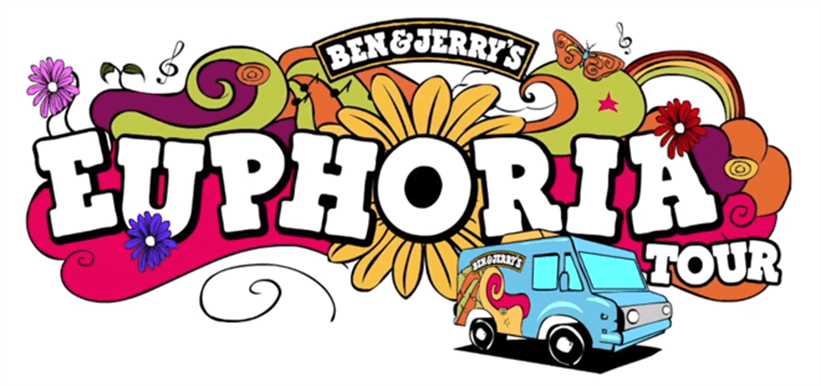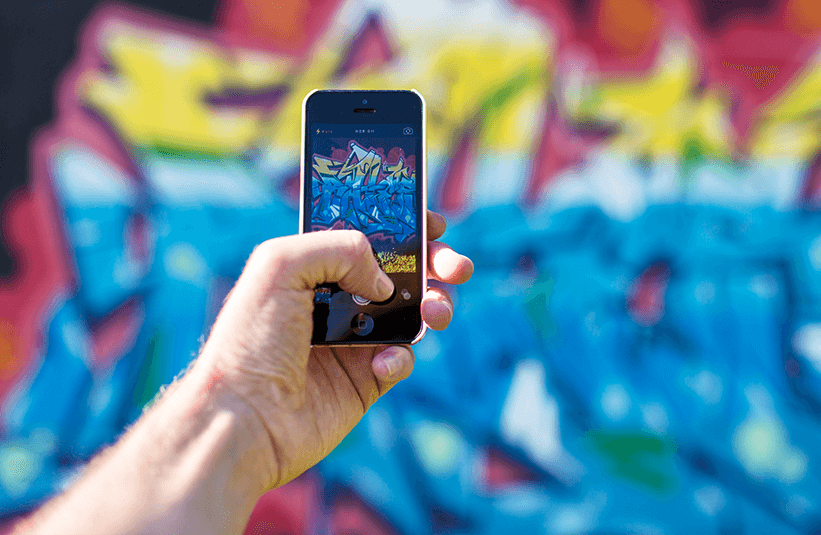06. Why add UGC into the mix? Engage customers to create compelling content.
As noted before, the true power of UGC is that it generates a level of trust in consumers that brands aren’t able to match through their own content marketing efforts. Retailer trust is one of, if not the most important, factors in consumer purchase decisions.
According to a Yotpo survey of 1,000 shoppers, 92% said they would trust a recommendation from family or friends over branded messaging, and 77% said that authentic customer photos influence their purchasing decisions more than professional ones.
Retailers must put a strategy in place to collect and use customer ratings and reviews, as well as other engaging content, such as photos and videos showcasing the use of their products.
Here are just a few examples of ways to cultivate UGC:
1. Generate reviews from post-purchase requests
77.3% of respondents to a Yotpo survey stated that reviews impacted their decision to make a purchase. Reviews boost shopper confidence in making a purchase by showing them how a product fared in the wild, with real customers.
The most straightforward way to get reviews is to ask your patrons directly. As with all customer interactions, it’s best to strike while the iron is hot. The peak time to ask for reviews is shortly after a customer has received a product they ordered, in the form of a post-purchase e-mail.
The ideal review form is in the body of an e-mail that customers can fill out quickly and easily without any unnecessary extra clicks. These e-mails are also a great opportunity to present customers with similar products that could complement their purchase.
There are certain send times and specific language to use to maximize review yield, depending on your industry. For example, including your store name in the subject line increases participation in all industries except for food beverage and tobacco, and asking a question in your subject increases the response rate in all industries except health and beauty. Exclamation points help response rates for food and tobacco stores, but really hurts them when it comes to electronics. It all depends on your sector, so check out this extensive Yotpo study for the best strategy for you.
2. Incentivize users to submit UGC by hosting social media contests or campaigns
Social media contests and campaigns inspire fresh, quality UGC from your fans, while simultaneously getting the word out about your products via word of mouth. There are two things you need to host an effective social media UGC campaign: a challenge and a hashtag.
Seasonal events and holidays are a great time to do this. MeUndies ran a campaign for LGBTQ pride month in which they asked fans to post photos in their favorite MeUndies intimates with the tags #Pride and #MeUndies. At the same time, they released new rainbow pride-themed undies, and donated $1 to the Los Angeles LGBT center for every purchase of the design. The campaign not only positioned MeUndies as a brand that cares about social issues and giving back to the community, it also inspired hundreds of new UGC posts that connect MeUndies with the emotional, positive energy of Pride.
Another great example is Ben and Jerry’s, who challenged their fans to take a selfie of the blissful moment of eating Ben & Jerry’s and share it on Instagram with the hashtag #CaptureEuphoria. Thousands of fans shared their pictures with their loved ones on social media, spreading the Ben and Jerry’s brand across social networks and connecting their products with “euphoria.”
3. Create a community that continuously brings engagement and content
Everyone wants their five minutes of fame. For many fans, just being recognized by their favorite brand is incentive enough to create and share UGC. Creating a fan community by dedicating an area of your site to featuring customer content motivates even more customers to join in and submit UGC for their chance at the internet limelight.
For example, Modcloth has a section of their website called the Style Gallery where they feature their favorite user-submitted photos of Modcloth outfits, along with links to where shoppers can purchase the items in the pictures. Another example is Burberry’s “The Art of the Trench” section of their website that features customer photos of their famous trench coats. This UGC sub-site received 7.5 million page views per month in its first year, and reached 13 million two years later. These photos also include links to the particular coat for purchase, and Burberry reported that conversion rates of coats featured in the UGC were notably higher than their average.
A UGC community creates added engagement by enabling fans to comment on and upvote each other’s entries, or ask questions and receive answers from fellow shoppers. The community builds on itself, and will encourage and inspire UGC in a growing, cyclical fashion.
Want more tips? Yotpo has a whole playbook of
user-generated content strategies you can use to inspire, gather, and utilize UGC.
The key to increasing your volume of UGC is making the process as simple as possible for customers—across all channels and devices. Customers frequently need to be prompted for their feedback, often with an incentive, and are far more likely to comply if the process is quick and easy. Consider the collection of UGC to be another extension of the purchase process.












